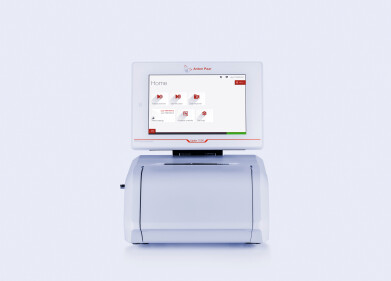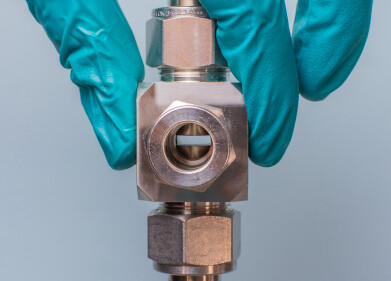Mass Spectrometry & Spectroscopy
What is Food and Beverage Analysis?
Jan 27 2022
Food and beverage analysis plays an important role in informing and protecting consumers, as well as driving research and development in the industry. Below, we take a closer look at the food and beverage analysis sector and why it matters.
Defining food and beverage analysis
Food and beverage analysis is a niche industry dedicated to characterising the properties of ingredients and consumer products. A variety of analytical procedures are used to profile samples and extract information about structure, composition, nutritional value, contaminants and physicochemical properties.
Some of the principal goals of food and beverage analysis are:
Protecting consumers
Food and beverage analysis acts as a line of defence against contaminants and toxins. Data is used to identify impurities and ensure products are safe for consumption. For example, food analysis labs can detect salmonella in peanut butter or E.coli in lettuce.
Informing consumers
Data collected during food and beverage analysis is used to help consumers make informed choices about what they’re purchasing and how they’re fuelling their bodies. For example, in the UK all food and beverage manufacturers must provide detailed nutritional information on pre-packaged products. This includes sugar, which is a major cause of obesity and tooth decay in the UK.
“There is no such thing as 'hidden sugar'. It must always be declared on the food label,” reads the Making Sense of Sugar website.
Meeting industry and government regulations
The food and beverage sector is strictly regulated by both industry and government bodies. Analysis plays an important role in ensuring suppliers and manufacturers meet these rigorous standards. For example, in the United States the Food and Drug Administration (FDA), Environmental Protection Agency (EPA), National Marine Fisheries Service (NMFS) and United States Department of Agriculture (USDA) enforce different rules, depending on the product.
Eliminating food fraud
Analysis is a critical tool used to prevent food fraud, which describes intentional deception by a manufacturer or ingredients supplier. Market analysts estimate food fraud costs the UK a huge £1.17 billion per year. Examples include substituting beef for horsemeat or fraudulently labelling wine produced in California as Bordeaux.
Who analyses food and beverage samples?
Food and beverage analysis is carried out by qualified scientists in dedicated laboratories. Products often undergo analysis multiple times, with tests commissioned by ingredients suppliers, manufacturing plants and retailers.
Finished products are often analysed at third-party laboratories operated by industry bodies. Government laboratories and university research facilities are also used to analyse food and beverage samples for regulatory purposes.
As well as everyday food and beverage products, analytical techniques are used to characterise cannabis and hemp products. Find out more about the methods used to profile these popular products and detect impurities in ‘The Importance of Measuring Heavy Metal Contaminants in Cannabis and Hemp Consumer Products.’
Digital Edition
Lab Asia 31.6 Dec 2024
December 2024
Chromatography Articles - Sustainable chromatography: Embracing software for greener methods Mass Spectrometry & Spectroscopy Articles - Solving industry challenges for phosphorus containi...
View all digital editions
Events
Jan 22 2025 Tokyo, Japan
Jan 22 2025 Birmingham, UK
Jan 25 2025 San Diego, CA, USA
Jan 27 2025 Dubai, UAE
Jan 29 2025 Tokyo, Japan



















